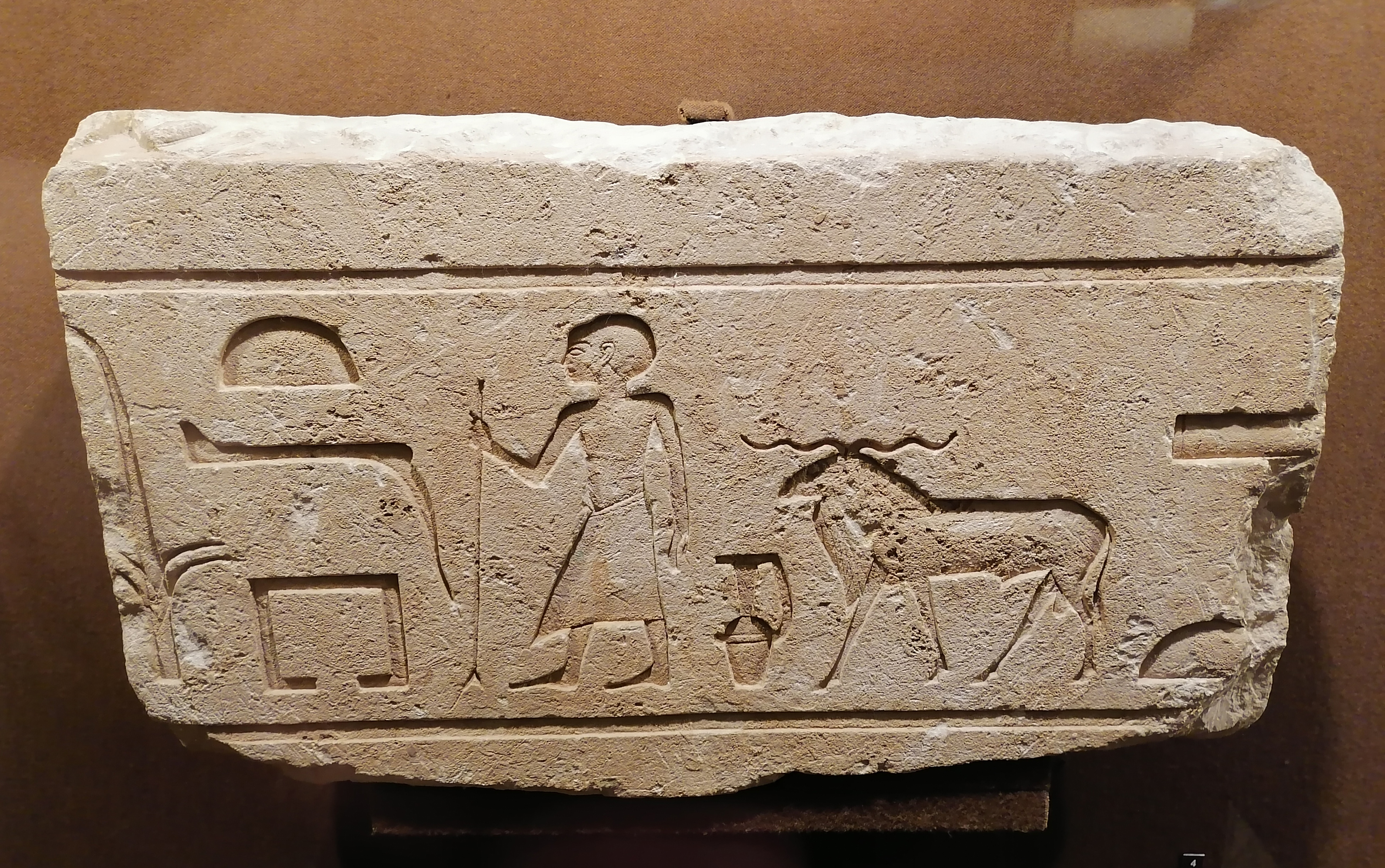Khnumhotep III on:
[Wikipedia]
[Google]
[Amazon]
 Khnumhotep III (sometimes simply vizier Khnumhotep) was an ancient Egyptian high steward and
Khnumhotep III (sometimes simply vizier Khnumhotep) was an ancient Egyptian high steward and
 Khnumhotep III (sometimes simply vizier Khnumhotep) was an ancient Egyptian high steward and
Khnumhotep III (sometimes simply vizier Khnumhotep) was an ancient Egyptian high steward and vizier
A vizier (; ar, وزير, wazīr; fa, وزیر, vazīr), or wazir, is a high-ranking political advisor or minister in the near east. The Abbasid caliphs gave the title ''wazir'' to a minister formerly called ''katib'' (secretary), who was a ...
of the 12th Dynasty
The Twelfth Dynasty of ancient Egypt (Dynasty XII) is considered to be the apex of the Middle Kingdom by Egyptologists. It often is combined with the Eleventh, Thirteenth, and Fourteenth dynasties under the group title, Middle Kingdom. Some s ...
.
Biography
Khnumhotep was the son of the local governorKhnumhotep II
Khnumhotep II (''ẖnmw-ḥtp, "Khnum is pleased"'') was an ancient Egyptian '' Great Chief of the Oryx nome'' (the 16th nome of Upper Egypt) during the reign of pharaohs Amenemhat II and Senusret II of the 12th Dynasty, Middle Kingdom (20th ce ...
, known from his tomb at Beni Hasan
Beni Hasan (also written as Bani Hasan, or also Beni-Hassan) ( ar, بني حسن) is an ancient Egyptian cemetery. It is located approximately to the south of modern-day Minya in the region known as Middle Egypt, the area between Asyut and Mem ...
(tomb BH3). Khnumhotep was promoted as a young man, under Senusret II
Khakheperre Senusret II was the fourth pharaoh of the Twelfth Dynasty of Egypt. He ruled from 1897 BC to 1878 BC. His pyramid was constructed at El-Lahun. Senusret II took a great deal of interest in the Faiyum oasis region and began work on an ...
to the royal court and was sent on several missions, one of them to the Red Sea
The Red Sea ( ar, البحر الأحمر - بحر القلزم, translit=Modern: al-Baḥr al-ʾAḥmar, Medieval: Baḥr al-Qulzum; or ; Coptic: ⲫⲓⲟⲙ ⲛ̀ϩⲁϩ ''Phiom Enhah'' or ⲫⲓⲟⲙ ⲛ̀ϣⲁⲣⲓ ''Phiom ǹšari''; T ...
, another one to Byblos
Byblos ( ; gr, Βύβλος), also known as Jbeil or Jubayl ( ar, جُبَيْل, Jubayl, locally ; phn, 𐤂𐤁𐤋, , probably ), is a city in the Keserwan-Jbeil Governorate of Lebanon. It is believed to have been first occupied between 880 ...
. He became ''high steward'' and finally ''vizier'' during the reign of Senusret III
Khakaure Senusret III (also written as Senwosret III or the hellenised form, Sesostris III) was a pharaoh of Egypt. He ruled from 1878 BC to 1839 BC during a time of great power and prosperity, and was the fifth king of the Twelfth Dynasty of the ...
.
The vizier Khnumhotep is known from inscriptions in the tomb of his father, from a stela found at the Red Sea and mainly from his mastaba
A mastaba (, or ), also mastabah, mastabat or pr- djt (meaning "house of stability", " house of eternity" or "eternal house" in Ancient Egyptian), is a type of ancient Egyptian tomb in the form of a flat-roofed, rectangular structure with inwar ...
at Dahshur
DahshurAlso transliterated ''Dahshour'' (in English often called ''Dashur'' ar, دهشور ' , ''Dahchur'') is a royal necropolis located in the desert on the west bank of the Nile approximately south of Cairo. It is known chiefly for several p ...
, within the necropolis attached to the pyramid of Senusret III
The pyramid of Senusret III ('' Lepsius XLVII'') is an ancient Egyptian pyramid located at Dahshur and built for pharaoh Senusret III of the 12th Dynasty (19th century BCE).
The pyramid is the northernmost among those of Dahshur, and stands aro ...
. The tomb was first excavated around 1894 by Jacques de Morgan
Jean-Jacques de Morgan (3 June 1857, Huisseau-sur-Cosson, Loir-et-Cher – 14 June 1924) was a French people, French mining engineer, geologist, and archaeologist. He was the director of antiquities in Khedivate of Egypt, Egypt during the 19th ...
who found several inscriptions as well as Khnumhotep's remains from which he estimated that the vizier should have been in his early sixties at the time of his death. New excavations after 2000 found several further biographical inscriptions, including those mentioning an expedition to Byblos and Ullaza.
Tomb
The mastaba was solid, without inner rooms, and was built ofmudbrick
A mudbrick or mud-brick is an air-dried brick, made of a mixture of loam, mud, sand and water mixed with a binding material such as rice husks or straw. Mudbricks are known from 9000 BCE, though since 4000 BCE, bricks have also bee ...
s covered with fine limestone
Limestone ( calcium carbonate ) is a type of carbonate sedimentary rock which is the main source of the material lime. It is composed mostly of the minerals calcite and aragonite, which are different crystal forms of . Limestone forms whe ...
while the outside was decorated with a palace façade and with the biographical inscription. The tomb has an area of c. and is relatively small if compared to some neighbouring tombs belonged to other viziers that are around ; this fact, in addition to his ranking titles reported in the tomb, suggests that Khnumhotep likely ordered this tomb early in his career, and that he became vizier in his very late life and didn't have enough time for building a mastaba more appropriate to his newly achieved high rank.Wolfram Grajetzki, op. cit. p. 155.
References